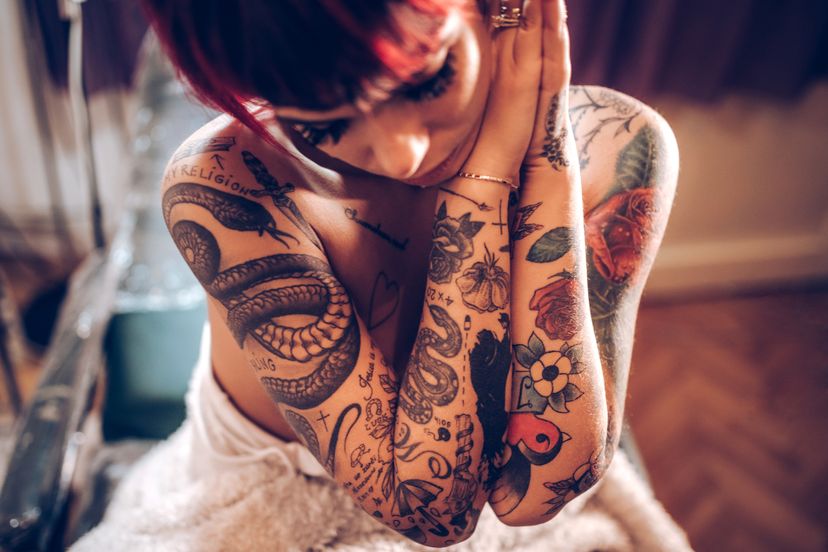
Key Takeaways
- Snake tattoos are popular for their captivating designs and rich symbolism, representing wisdom, power, rebirth, and more across various cultures.
- Symbolic meanings of snake tattoos include power and rebirth, wisdom and knowledge, immortality and the cycle of life, as well as fertility and prosperity.
- Different cultures like Japanese, Egyptian, Hindu, and traditional American interpret snake tattoos uniquely, incorporating symbolism of protection, strength, and spiritual connections.
Snake tattoos have become increasingly popular in recent years, captivating tattoo enthusiasts with their captivating designs and rich symbolism. While snakes are often associated with negative connotations, such as bad luck or death, they hold profound meanings in various cultures across the world. In this comprehensive guide, we will explore the diverse symbolism and cultural significance of snake tattoos, shedding light on their representation of wisdom, power, rebirth, and more. Whether you're considering getting a snake tattoo or simply intrigued by their allure, join us on this journey as we delve into the captivating world of snake tattoo meanings.
Advertisement




